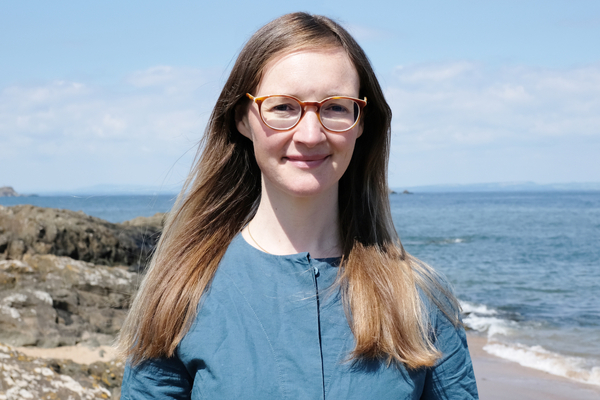Why offsite procurement can be the best approach to BNG
Offsite procurement may be the simplest and most efficient way to unlock biodiversity net gain for many, writes Alex Begg, partner at Wendling Beck
Biodiversity net gain (BNG) has now been mandatory for major developments in England for over a year, and for smaller sites since spring 2024.
Yet despite the promise of this world-leading policy, the journey has been far from smooth. Developers face a complex web of compliance, fragmented markets and political uncertainty.
The challenges of BNG delivery
Since rollout, BNG has faced growing pains. Developers are often overwhelmed by the technicalities of measuring biodiversity units and securing long-term habitat delivery. A fragmented landscape of brokers, platforms and local variations has added to the confusion.
On-site delivery – favoured by many at first glance – has brought its own pitfalls: high costs, limited habitat quality and compliance risks where management falters over time.
At the same time, the government continues to consult on the shape of future BNG policy, including its extension to nationally significant infrastructure projects (NSIPs) by 2026. While this demonstrates ambition, it adds another layer of uncertainty for developers already grappling with planning complexity.
Reports suggest that public awareness of BNG remains low, while smaller developers in particular often lack the in-house expertise to navigate the requirements. In short, BNG has not yet reached the maturity or clarity that many in the development sector had hoped for.
Wendling Beck
Spanning more than 2,000 acres in mid-Norfolk, Wendling Beck has more than 3,000 biodiversity units available.
So far we’ve created more than 300 acres of new habitat and enhanced existing semi-natural habitats across 35 different habitat types, from grassland and woodland to hedgerows and watercourses. These resources directly align with almost all lowland development requirements, meaning developers can procure with confidence.
BNG units have been allocated and registered on the official net gain register, and the habitat changes are evidenced on the ground. For developers, this means peace of mind that BNG obligations are met transparently and securely.
One developer put it simply: “Wendling Beck have made the process [of sorting BNG requirements] easy and painless, which is important given the numerous planning complexities we already have to manage.”
Why offsite procurement often wins
While some developers remain tempted to deliver biodiversity gain within the red line of their own sites, the economics often tell a different story. Research suggests that on-site mitigation can be up to six times more expensive than securing offsite units. The reasons are twofold:
● Economies of scale: Habitat banks like Wendling Beck can manage and monitor habitats far more efficiently than piecemeal on-site schemes. Legal, governance and management costs are shared across a large area, reducing the burden on any single development.
● Opportunity costs: On-site delivery often reduces housing density or forces the purchase of additional land, undermining financial viability. Offsite procurement avoids these inefficiencies, allowing developers to focus on their core purpose: building high-quality homes and infrastructure.
For local authorities and communities, offsite delivery also brings benefits. Concentrated habitat creation in large, well-managed projects like Wendling Beck supports landscape-scale ecological recovery, rather than fragmented patches with limited long-term impact.
A model of collaboration
Wendling Beck is more than a habitat bank, it’s a partnership. A multidisciplinary advisory board brings together voices from environmental NGOs, academia, the local council and the local water company. This ensures that delivery is not only robust and evidence-based but also informed by fresh thinking and challenge from diverse perspectives.
“Wendling Beck is more than a habitat bank, it’s a partnership”
For developers, it means that when they procure from Wendling Beck, they are investing in a project shaped by collaboration, credibility and transparency.
From individual builds to 500+ home developments, Wendling Beck is already working with a wide range of partners. Its scale and diversity of habitats mean it can provide tailored solutions, whether for small rural housing projects or major urban extensions.
The way forward
The BNG market is still evolving, and developers will continue to face challenges as policy and practice mature. But some things are clear: delivering on site will often be costlier, riskier and less effective than sourcing units from trusted offsite providers.
Wendling Beck is proving that habitat banks can de-risk the process, reduce costs and deliver real ecological gains at scale. For developers navigating the complexities of BNG, the simplest way forward may also be the most effective: off-site procurement.
Alex Begg, partner, Wendling Beck



